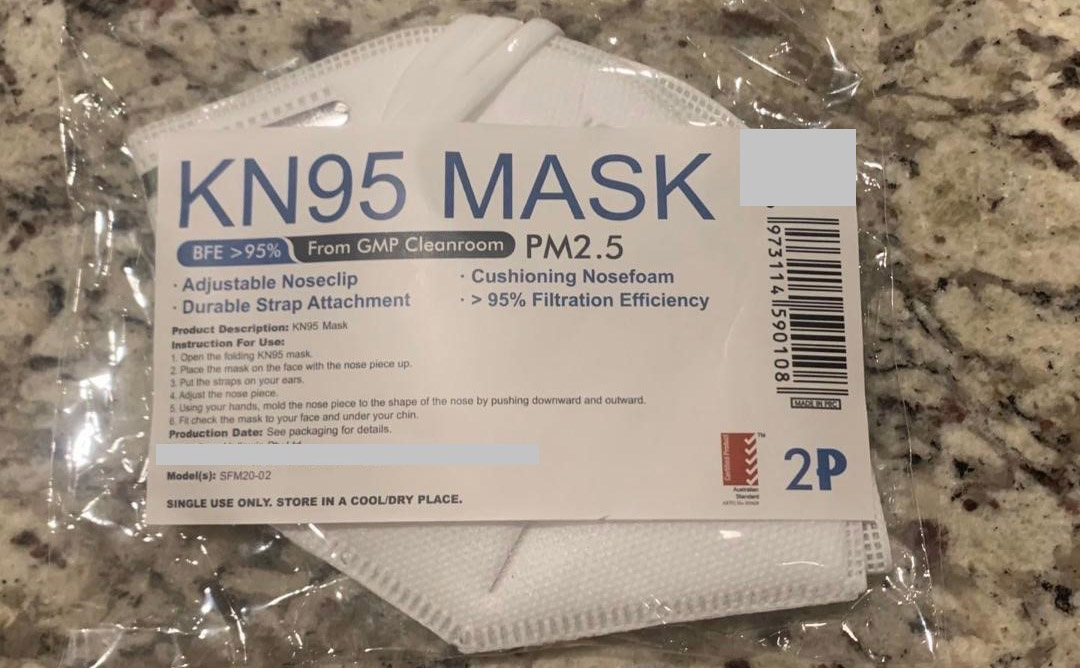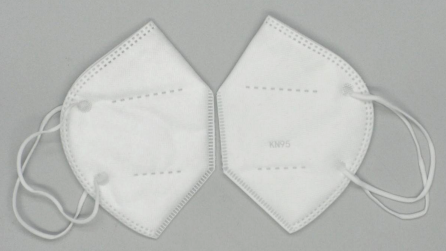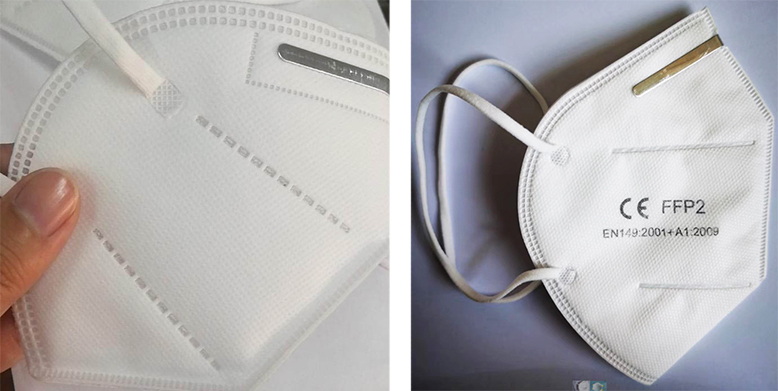As a result of the increased demand for P2 disposable respirators arising from the COVID-19 pandemic, construction businesses (and PCBUs) have had difficulty purchasing P2 disposable respirators used for protection against dust and chemicals including silica, asbestos and lead.
This extra demand is leading to fake respiratory protective equipment (RPE) entering the Australian market.
Background
In Australia, most disposable respirators and filters that give protection against dusts and other particles are classified and marked as P1, P2 or P3, in accordance with the Australian Standard AS/NZS 1716:2012.
There are also international standards for the classification of these respirators, with the United States 'N95', European 'FFP2' and Chinese 'KN95' considered equivalent to the Australian P2 and acceptable in Australian workplaces.
Key points
- Before buying RPE, make sure it meets the Australian Standard or international equivalent, especially when you doubt its performance claims.
- RPE that is compliant to AS/NZS 1716:2012 has the manufacturer's name, trade name or mark on the mask or facepiece and filters have the manufacturer's name, trade name or mark, and the filter classification (P1 or P2).
- Many companies that manufacture RPE are certified by an independent body, such as SAI Global; and normally have their licence number marked on the packaging in which the RPE is supplied.
- All RPE used in the United States must be certified by the US National Institute for Occupational Safety and Health (NIOSH), which maintains a list of approved RPE. Some of these masks are imported to Australia.
Actions required
- Get product certificates from the manufacturer that certify the RPE has been manufactured in accordance with AS/NZS 1716: 2012 or an equivalent international standard.
- Check that the product certificates issued by a certifying body are not fake - they'll have a licence number and the manufacturer’s name which can be found on the certifying body’s website, along with a list of the licensed models of respirators and filters.
- Check this NIOSH list for all the approved United States N95 disposable respirators.
- Check this NIOSH list for examples of fake respirators.
- Make sure workers are trained to use and maintain RPE.
- Make sure workers are fit-tested so there's an adequate face seal with their respirator - check the Australian Institute of Occupational Hygienists for consultants who conduct respirator fit-testing.
NSW Fair Trading
Members are also advised that NSW Fair Trading treats misleading conduct seriously and will take action.
Making false or misleading representations about goods is an offence under Australian Consumer Law and carries a fine up to $10 million for a body corporate and $500,000 for individuals.
Consumers can ask their supplier for a replacement or refund for any masks that are unsafe or not fit for purpose, under the consumer guarantees in the Australian Consumer Law.
Consumers can also contact NSW Fair Trading to ask any questions or report a mask they believe is defective, unsafe or not otherwise fit for purpose - call 13 32 20 or visit fairtrading.nsw.gov.au.
Examples of non-compliant respirators



Right: A FFP2 mask supplied without test certificates.

